You would never grab a new gun, slap a scope on it, and go on a big game hunt without sighting your rifle in, would you? But people think nothing of doing just that with a shotgun.
Even fine shotguns do not all shoot the same, or hit the target the same.
Sure, shotshells create a margin of error because you have so many projectiles compared to a rifle, in the form of pellets, but fact is. I have even seen pricey Italian shotguns that inherently throw their pattern 6 inches low of center at 35 yards.
Not a big deal at all if you know your gun is doing that… but there’s only one way to find out.
Pattern that scattergun, Pilgrim!
Hunters are pretty good about doing this when it comes to turkey hunting, probably because it’s so hard to get a shot at one of the sneaky thunder chickens that hunters want to know it will count, especially because tight patterns are so desirable in turkey shooting.
But why give that speeding dove or big banded mallard or flushing ringneck pheasant a free pass? You wouldn’t believe how many people buy shotguns and own them for years without every bothering to find out where they actually hit.
Perhaps you think you have not thought about it, but if you’re an experienced shooter, you certainly have.
At some point, you raised your shotgun, swung it smoothly just as you practiced, took careful aim and pulled the trigger, only to see that bird fly away with nothing but a few tailfeathers missing.
You were thinking, “what happened?”. Without know it, you were thinking about patterning
“Must not have led him enough,” you think to yourself. Most of the time, that is true, but it seems to happen a lot more to hunters who don’t pattern their shotguns.
Maybe you had to pay for drinks again after the trap shoot, even though you know the shot felt good, but that clay pigeon just didn’t break.
Have you ever patterned your trap gun?
The side profile of a clay pigeon at 40 yards is a tiny, tiny, target that is going to slip through all but the very best patterns at some point.
And for hunters, making sure you have the right choke and load in your gun is the only way to know you are going to put enough pellet-energy into that critter to knock them down. Maybe your gun is working fine on the ducks.
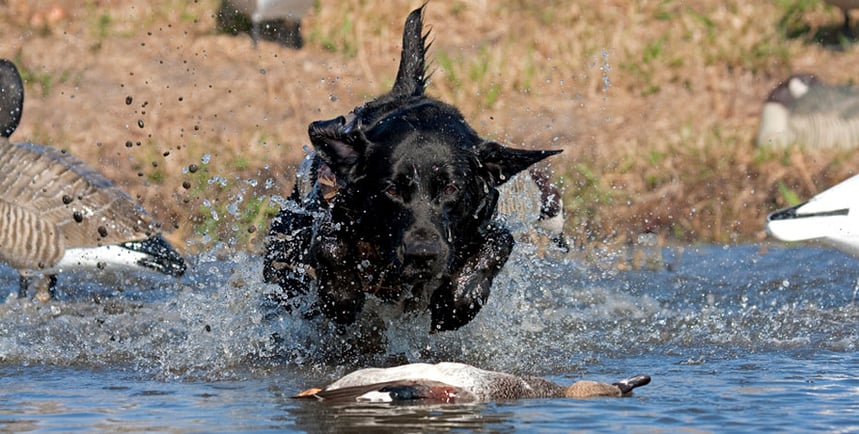
But wouldn’t it be nice to know you have the most effective load possible in the chamber? boom, dead! — instead of hitting the ground running or the water swimming?
It does not need to be complicated
You don’t need exact ranges or chronographs or even multiple chokes. Those things are nice but all you really need to find out is just what that gun, choke and preferred load combination you like to use is doing out there.
The cool thing about B&P shotgun ammo, is that it almost invariably patterns among the most consistent in any shotshell load, gauge or shot size because of many things that set it apart.
The long and the short of it is simply that consistency in (in building the shell) leads to consistency out (on the target). That and technology. More on that later. Let’s get you started patterning.
People see this as extra work, but it’s actually a hell of a lot of fun, kind of like a puzzle that you get to shoot.
First, a bit on the first part of the puzzle: Chokes!
For those who are unfamiliar, the choke is the constriction at the end of your barrel, the muzzle, and in nearly all modern guns they are screw-in/interchangeable.
If you have an older or fine shotgun where this is not the case (basically most guns made before the 90’s), then patterning your gun is particularly critical because your gun, with just one fixed choke, is inherently much less flexible.
You can’t adjust to the loads, they have to adjust to your gun. The choke dictates just how the pellets will spread out.
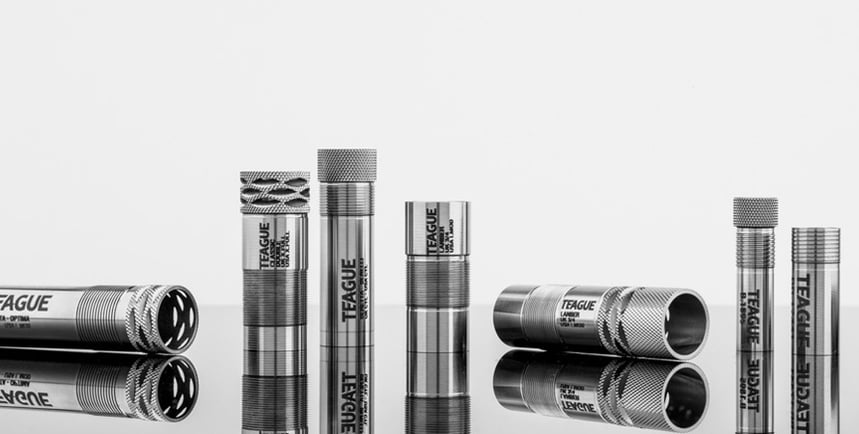
Photo credits: teaguechokes.com
The most open chokes are cylinder bore (showing up to five hash marks on the rim of the screw in choke in most cases, followed by medium chokes (modified, designed for use in mid-range).
Tighter-patterning chokes (traditionally called “full, now often called “extended range”) group the projectiles tighter for longer range shooting, and typically show just a single hash mark on the rim of a screw in choke.
Your birdshot leaves the muzzle in a pizza-wedge shape, to oversimply it, and the tighter the choke the smaller your pattern will be closer to your muzzle. So a tight choke is a hindrance at closer ranges but critical to making longer shots. Which brings us to the next point.
Decide at what ranges you are likely to be shooting and at what target
From here, we simply need to find a target with a safe backdrop that will show you just how the many of the pellets fired from a shotshell of your choice are striking the chosen target at a certain distance.
This is the only way to know for sure that the choke and load you are using is the right one for the job.
Pattern density is the key to all success in shotgunning. Many times when we think we missed (or worse yet, your friends yell, “you missed”) in truth we just didn’t get enough pellets of the right size, on the target. At least that’s what I tell everyone when I miss…
Need another benefit from patterning shotguns?
Oddly, shooting a stationary target with a shotgun is a useful form of practice, too, at least to some hunters. It’s a funny thing; it’s very natural to swing and hit a moving target with a shotgun.
The swing creates a natural smoothness. You would be shocked how many people have difficulty shooting a stationary target with a shotgun, because it is not natural and the “sights” (that bead) are nothing like the fine points of rifle sights.
You throw up a shotgun to swing it; to shoot a static target like a bullseye (or a turkey’s head, or a standing coyote, or a wounded duck sitting on the water) actually takes a different type of concentration.
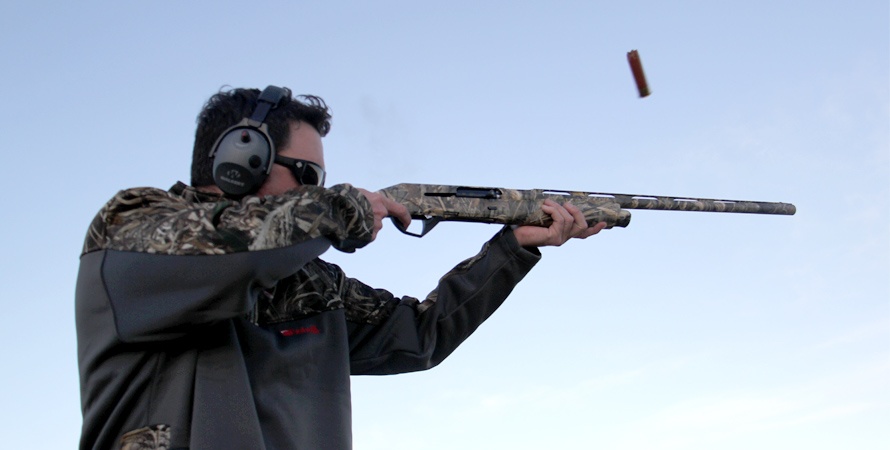
You have to raise the gun up, then steady it, hold it still and pull the trigger deliberately, not slap or yank it the way you do when shooting targets in flight.
Get good at patterning your turkey gun, in other words, and you are much more likely to kill that gobbler because the shot will be second nature.
People miss turkeys all the time, and it’s not just because they’re too excited. It’s also because they didn’t steady the gun and have never shot a 12 gauge at a stationary target.
And, of course, they probably didn’t pattern their gun.
So take some time and learn to pattern that gun
Your pride at the range or in the field will thank you. Your shotshell shooting budget will thank you. Your pheasant-eating children will thank you. Your shoulder will thank you.
Hell, even that beloved retriever of yours will thank you. Now you know why, and a bit about what to do: Up next, let’s discuss exactly how to maximize your patterns.
Shoot and patterning, shoot and patterning and repeat!
Even if you do have a gun that shoots a point of impact that is well-centered with your point of aim, you will still learn many things by patterning your shotgun. And even if it has a perfect point of impact, that favorite duck killing Beretta of yours will favor some different shot sizes and loads over others that are very similar.
It’s just the nature of the beast.
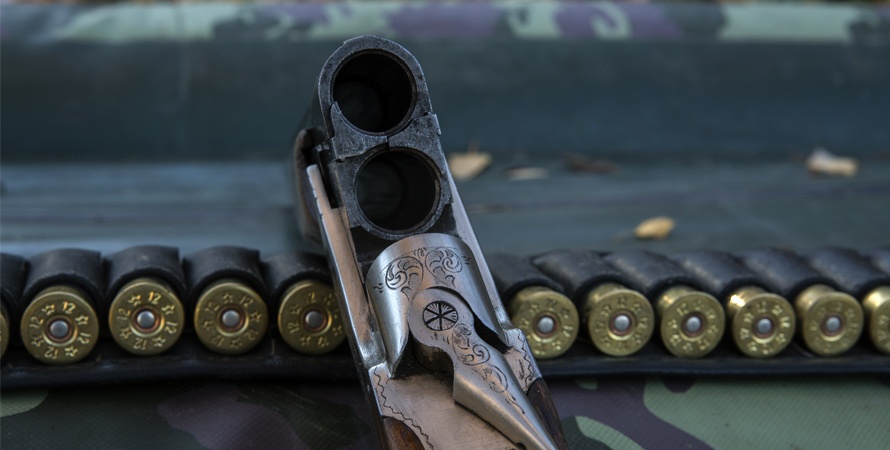
So knowing whether your gun prefers steel #4 or patterns better with #2 can make a big difference as to your success in bringing down ducks, which will directly determine how confident you are as a shooter or how happy you—or your retriever— is in the field.
Why not know exactly what your gun can do? Let’s get started.
Point of Impact
First, let’s figure out your gun’s point of impact.
Most guns will throw birdshot pellets close to the center of your point of aim, but you need to make sure, as it makes a big difference if it’s even slightly off.
Simply put the tightest (full) choke in your gun, back off 25 yards from your target (paper stapled to a box, plywood, or other safe backdrop), and fire off a few rounds, taking note of where it’s striking the paper relative to a small bullseye. See if it’s clumping your pellet-hole pattern right or left of up or down from the bullseye.
If it’s all over the place you need to take steadier aim. If it is consistently shooting the center of the pattern 6” high or low, for example, you know you will have to adjust your aim with that gun accordingly.
It’s tricky to do so at first but grows easy with a little practice at the skeet range as your muscle memory locks in that sight picture. It soon becomes second nature altogether.
Pattern Density
You simply need to put enough pellets into your target to break a clay or kill a bird.
This is pattern density, and it is dictated by a few things: distance from your target; how many pellets are in your shotshell; and what choke you are shooting. Most beginners think “I want to use the open-shooting choke so I can hit the target easier.”
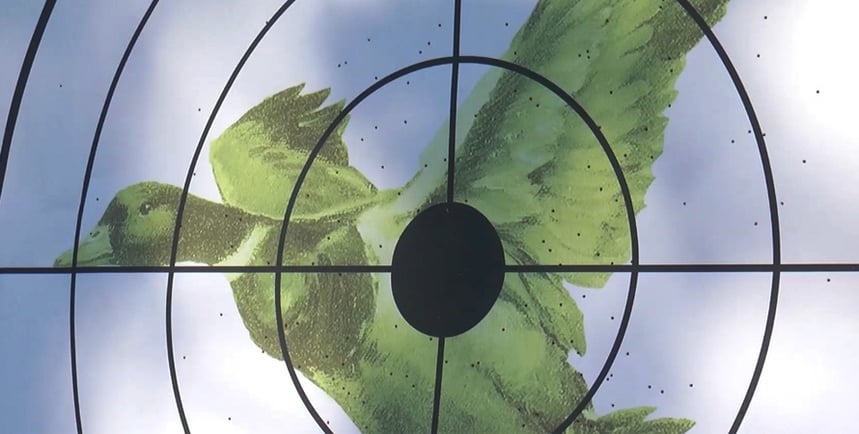
Makes sense, but not so fast.
That “skeet” or “cylinder” choke will spread your pattern out quicker at close ranges, but will scatter too much at longer ranges, so the tradeoff is obvious. Even small birds like quail won’t typically go down at the shot from just a few pellets.
The further the target is from your barrel, the tighter the choke you have to use to get 5 to 10 pellets on that target. The larger the pellets, the fewer you need, as they have more energy.
Get on Target
So what do you plan to shoot?
Clay pigeons in trap at distance? Or fast and up close on the skeet range? Small quail at close range or big tough geese or turkeys at 30 to 50 yards? First determine what distances and what animal/target you are going to be shooting, and go from there.
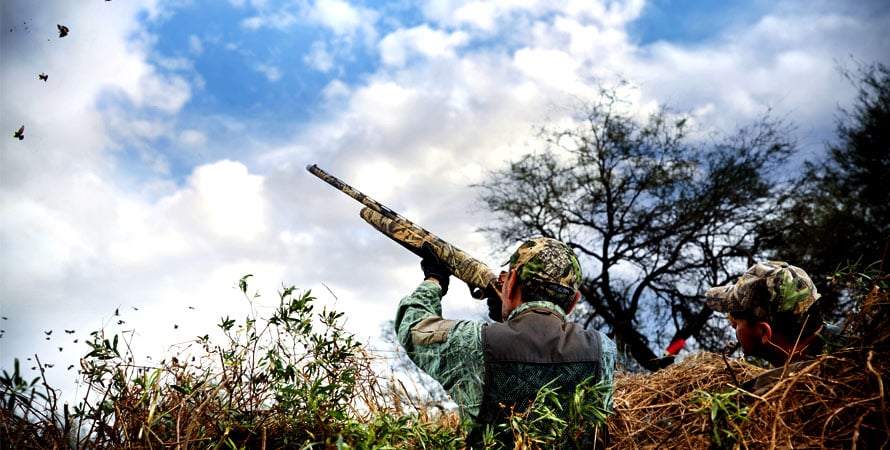
With shot size, the smaller the number the larger the shot, which is counterintuitive. For clays, you never have to go smaller than size 7 shot. Small birds require pellets size 4 to 7, and larger birds like geese require BB size pellets and up to assure enough downrange energy for a clean kill.
The larger the pellet size, the fewer pellets fit in the shotshell, so the lower your pattern density will be due to fewer pellets on the target, making patterning all that much more important.
Shooting targets or birds under 25 yards? Enjoy that open choke!
Mid-range is 20 to 35 yards, and much past that you want to use a full choke.
Now you have your distance, your load, and your choke selected, stand back at a consistent distance and blast away at the bullseye, (whether you drew a black dot to shoot at with a circle around it or drew an outline of your intended quarry), stopping each time to count how many pellets are in the kill zone.
Some OCD types will use a rest while patterning a shotgun, but it’s not necessary at these distances unless you have unusually shaky aim.
Why not use a rest?
Because shotguns kick like hell from a bench rest compared to shooting one standing up, where your body can move with the recoil.
Try different chokes and loads until you find a winning combination for your intended target and distance and you will soon be hitting the field with a lot more confidence— and for good reason: You know what your gun is capable of and where that point of impact is.
Wait for the one last bit!
Don’t skip patterning if you are using slugs or buckshot because “I’m not shooting a bunch of little pellets.”
Patterning is actually far more important with those loads because you have so far fewer projectiles with which to strike your target. You’ll find patterning is like solving a puzzle, and will get excited when you strike just the right combination for your gun.


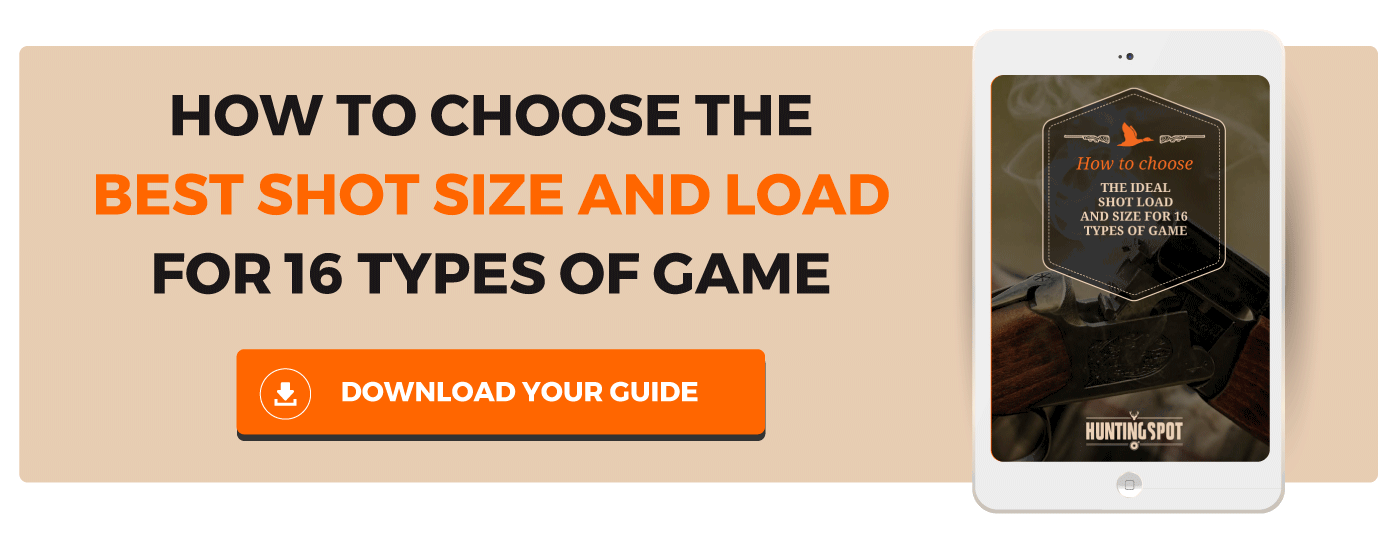
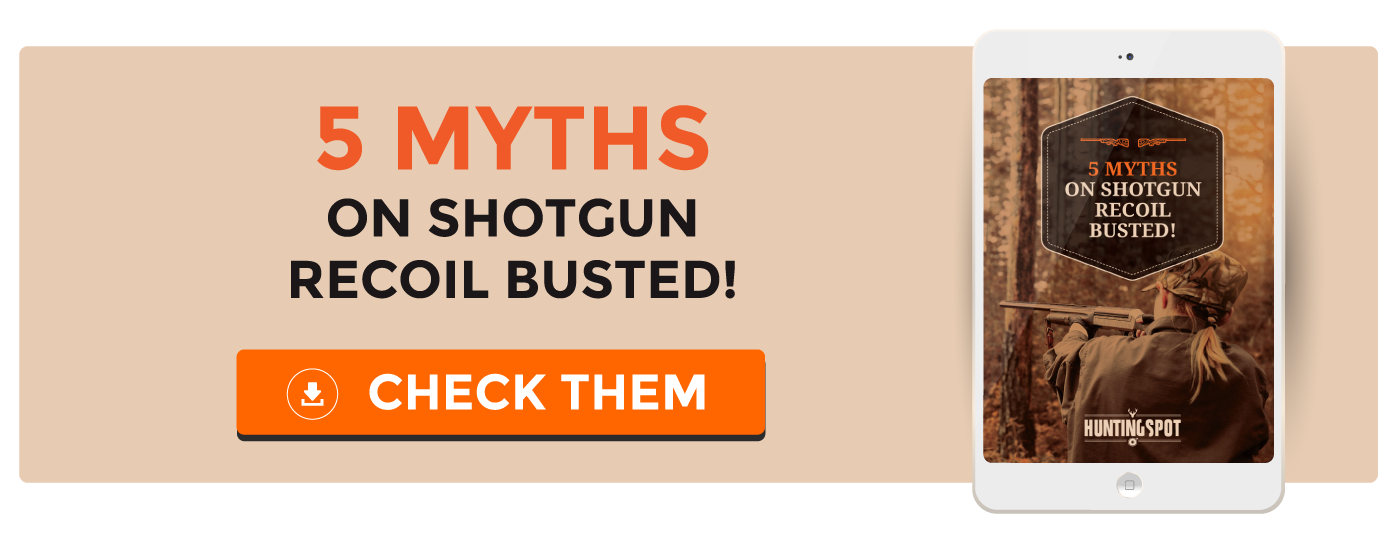
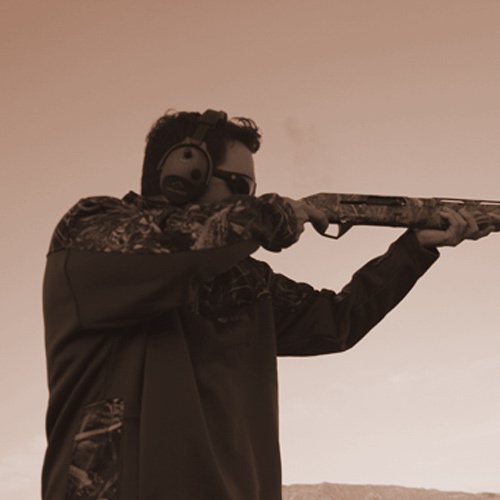
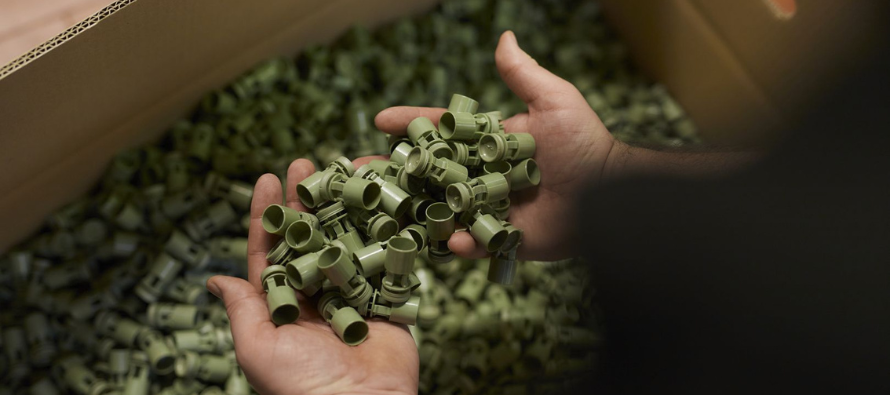

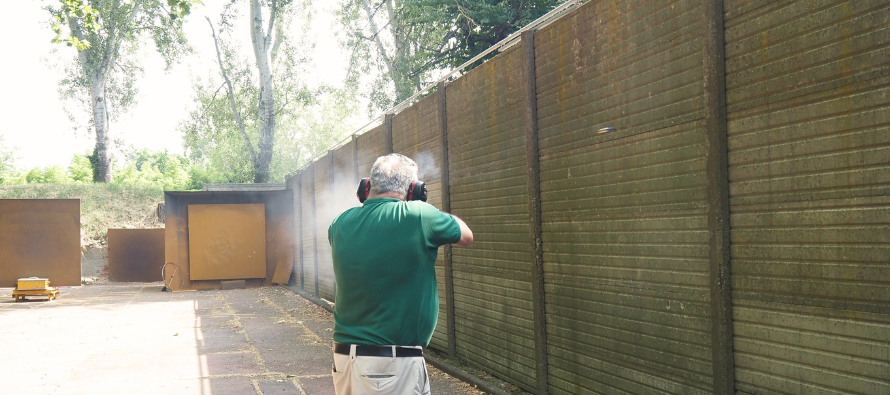
Comment this post